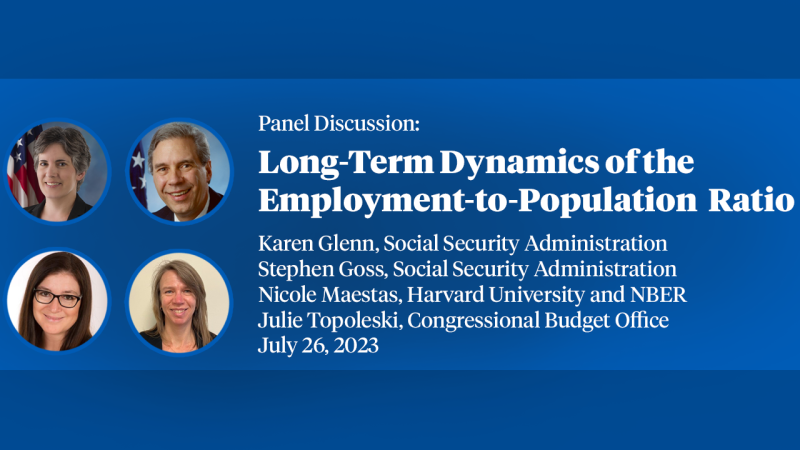Bank Monitoring and Investment: Evidence from the Changing Structure of Japanese Corporate Banking Relationships
During this decade the structure of corporate finance in Japan has changed dramatically. Japanese firms that once used bank debt as their prime source of financing now rely more heavily on the public capital markets. This trend was facilitated by the substantial deregulation of the Japanese capital markets. In an earlier paper (Moshi, Kashyap, and Scharfstein 1988). we demonstrated that investment by firms with close bank relationships appears to be less liquidity constrained than investment by firms without close bank ties. We interpreted this finding as evidence that bank ties tend to mitigate information problems in the capital market. This paper tracks the investment behavior of firms that have recently weakened their bank ties in favor of greater reliance on the bond market. The results suggest that these firms are now more liquidity constrained. The paper concludes with a discussion of why firms would loosen their bank ties in light of these liquidity costs.
Published Versions
Information, Capital Markets, and Investment, (ed)Glenn Hubbard, UCP, 1991, pp. 105- 126
Hoshi, Takeo, Anil Kashyap and David Scharfstein. "Corporate Structure, Liquidity, And Investment: Evidence From Japanese Industrial Groups," Quarterly Journal of Economics, 1991, v106(1), 33-60.
Bank Monitoring and Investment: Evidence from the Changing Structure of Japanese Corporate Banking Relationships, Takeo Hoshi, Anil Kashyap, David Scharfstein. in Asymmetric Information, Corporate Finance, and Investment, Hubbard. 1990


